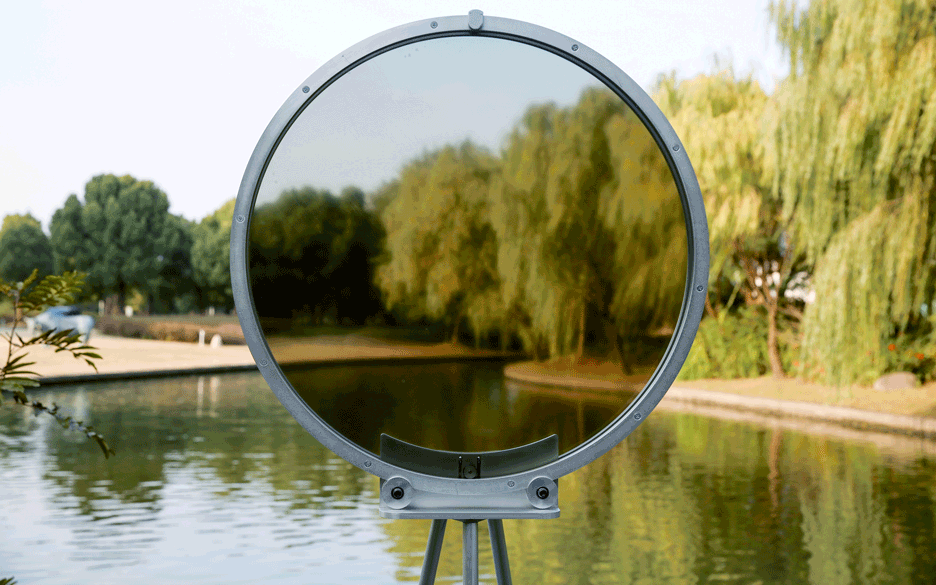With sensors made more accessible - we could have access to dimensions of our surroundings that we are not naturally equipped to measure. The example of air pollution given in the text of Jennifer Gabrys and Helen Pritchard is a significant model that has been developed by artists through different mediums and variations.
It is difficult for me to say how it relates to my practice, for I haven’t used these tools yet, but it made me curious to discover projects that I found extremely interesting.

Digital atmosphere, Studio Above&Below
Studio Above and Below are digital artists based in London. With the work Digital Atmosphere, shown below, they used mixed reality to create an AR sculpture that is controlled by a pollution sensor, shaping it in real time.
“Even if the air looks clear, it is certain that you will inhale tens of millions of solid and liquid particles, travelling from one side of the planet to the other. These ubiquitous specks of matter are known as aerosols, which are invisible to the eye, however not invisible to our lungs. With Digital Atmosphere we are investigating a future in which clear air may be a reality through giving nature a voice. The impact of air pollution on our bodies became especially clear throughout the current Covid-19 pandemic.”
Studio Above&Below
Beyond the pleasing estetical aspect, I find the approach of revealing dimensions that we don’t have access to very appealing, and it is something that I would like to explore within my practice. They are giving shape to something that our senses don’t allow us to see, through a technological extension to the body through mixed reality glasses, in real time, and with no impact on the physical world.
Another significant exemple is the installation of chinese designer Huachen Xin, Pollution Ranger and Smoke Shade. This minimalistic circular sculpture monitors and visualises the air pollution levels in cities.
This example involves an additional political layer, for Huachen Xin works within the context of chinese cities, with air quality data can only be accessed through government published data. He questions the authenticity of this data, and through his work calls for alternative sources : "Lack of alternative sources of verified national and local data not only violates the basic rights of citizens but also serves as an abuse of power," said Xin.

Smoke Shade installation, Huachen Xin
We could imagine that if accurate sensors were democratised it could bring awareness, but also bypass official communication, and the storytelling/lobbying it sometimes carries. A citizen led answer can be a motor, and even an act of resistance. But it could also in some contexts lead to a proliferation of many different storytellings, with an extreme version possibly contributing to a populist system - the fact that a project is citizen led is not an ethical stamp.
Moreover, at an individual level, a case where we would be personally carrying or constantly reminded of, in this case pollution and more broadly climate change, can also have a negative impact. It could enforce a sense of guilt, and face people with the fact that they are helpless to answer those problems.